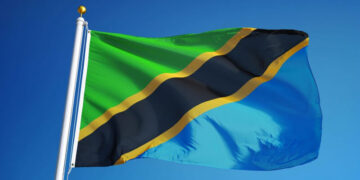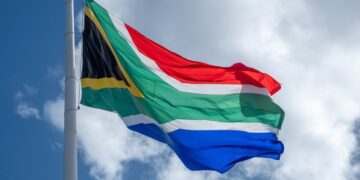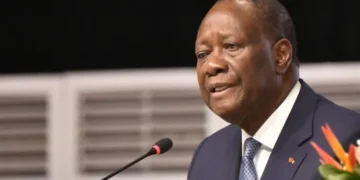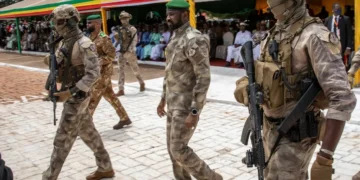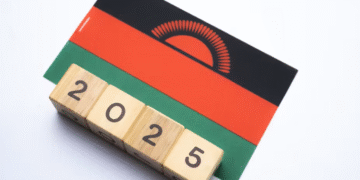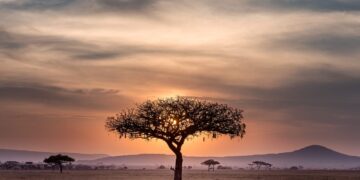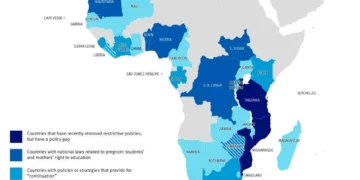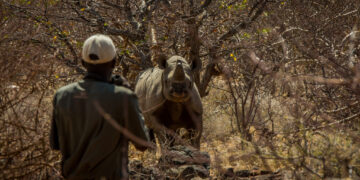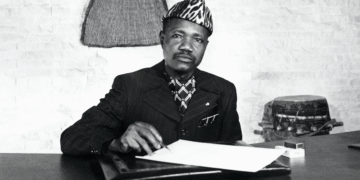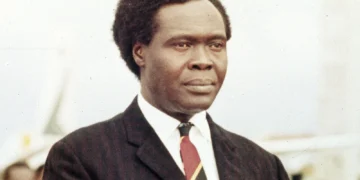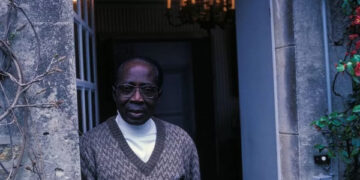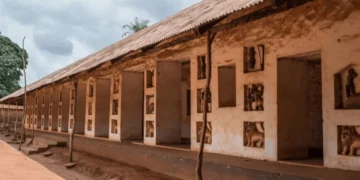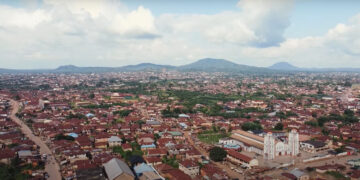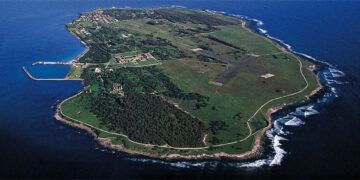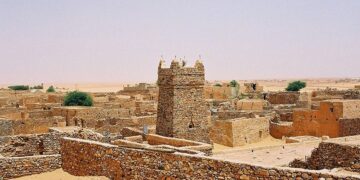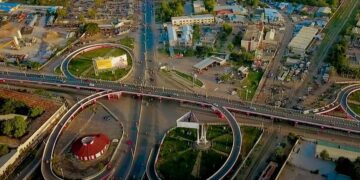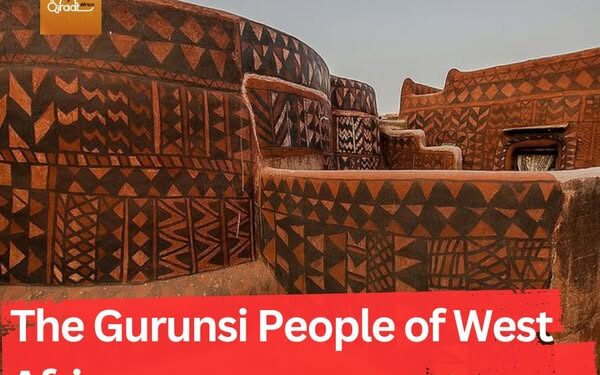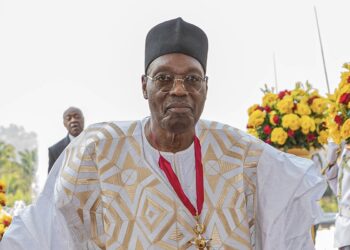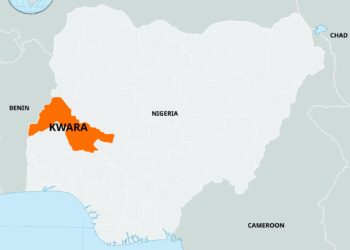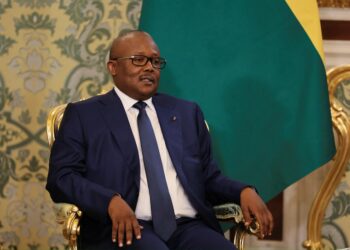The name Gurunsi comes from the Djerma language of Niger words “Guru-si”, which means “iron does not penetrate”. The term Gurunsi is used as a meta term to refer to a group of very loosely related peoples. The ethnic groups classified as Gurunsi do not share a common language and have distinct cultural practices.
Traditionally, the Gurunsi have been farmers and animists, living in large family compounds surrounding a central communal space. They have long been celebrated for the style and decoration of these compounds. Gurunsi architecture is known for its mud-built structures, often arranged in a circular formation, emphasising communal living. They are also known for their elaborate mural painting houses and their architectural designs, as well as their (sculptural) zoomorphic masks, covered with geometric motifs. The masks have concentric eyes and polychromatic effects in black, white and red. For instance, Nuna masks, a prominent form of Gurunsi art, are renowned and have influenced neighbouring cultures like the Mossi and Bwa. Also, Winiama sculptures are the most geometric.
The men of the village have been responsible for the design and construction, building up curving and flowing forms from multiple applications of clay over wooden support pillars and arches. The women have been responsible for the painted decoration of the walls of these structures, using intricate designs including geometric patterns and totemic animals, in a palette of natural colours dominated by white, black, and red.
As agricultural people, cultivating crops like millet and sorghum, they have various societies and secret rituals, including those related to agriculture, ceremonies, and rites of passage. The Gurunsi believe in a supreme being, Yi, who is considered the creator and has withdrawn from the world, leaving the spirit Su to govern human affairs.
Some of the largest Gurunsi ethnic groups are the Frafra, Nabt, and Talensi in Ghana, as well as the Ko, Lyele, Nuna, and Sisaala in Burkina Faso. The sub-groups Kassena and Nankani inhabit both Ghana and Burkina Faso. They are found in the north of Ghana, particularly in the Upper East and Upper West regions. They are also present in southern Burkina Faso, including regions along the border with Ghana. There is a Gurunsi diaspora in various parts of the world, including the United States, United Kingdom, France, and Germany.



